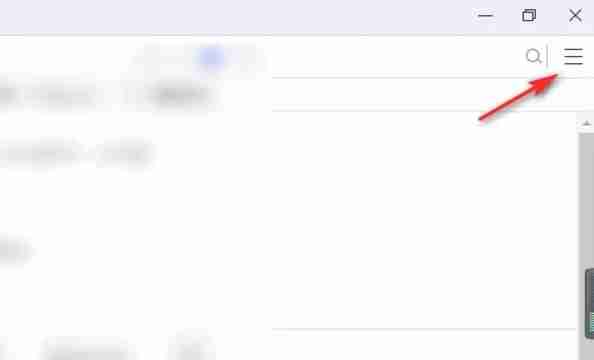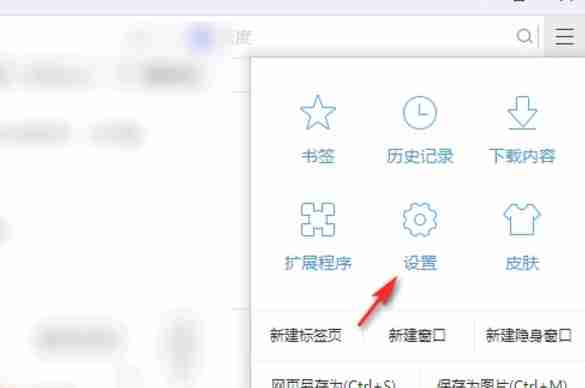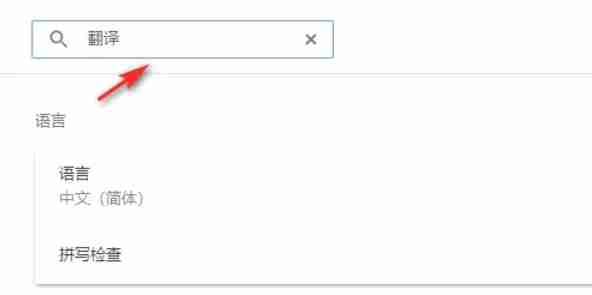Web APIs and the IoT in Unity
Integrating the Internet of Things (IoT) with Unity: A Powerful Combination
Unity, a leading game engine, offers exciting possibilities when combined with IoT technology. This powerful pairing enables the creation of games and applications that dynamically respond to real-world conditions like weather and ambient light.
Key Advantages:
- Real-time responsiveness: Create interactive experiences that adapt to changes in the physical environment.
- Enhanced immersion: Blur the lines between the virtual and real worlds, increasing player engagement.
- Data-driven interactivity: Utilize sensor data to drive game mechanics and environmental changes.
- Versatile applications: Extend beyond gaming to encompass real-time applications and digital twin creation.
Connecting to Real-World Data:
This article demonstrates how to integrate real-world data into Unity projects using two examples:
-
Weather Integration: Leveraging the OpenWeatherMap API, we dynamically update a Unity scene's skybox to reflect real-time weather conditions. A clear sky in your location translates to a clear sky in the game, and vice versa.
-
Sensor Integration: Using a Spark Core microcontroller with a light sensor, we control the intensity of a directional light in the Unity scene based on the ambient light level detected by the sensor. Dim the lights in your room, and the game world dims accordingly.
Technical Implementation Highlights:
The examples utilize C# scripting within Unity. Key components include:
-
Web API interaction: The
UnityWebRequestclass facilitates communication with external APIs (OpenWeatherMap, Spark Core). -
JSON parsing: The
JSONObjectclass (available via the Unity Asset Store) handles the parsing of JSON data returned from the APIs. - Coroutine usage: Facilitates asynchronous operations, allowing the game to continue running while waiting for API responses.
Step-by-Step Guide (Concise):
Detailed instructions and code snippets are available in the original article. The process generally involves:
- Setting up the Unity Scene: Create a scene with a skybox, terrain, and directional light.
-
Creating Scripts: Develop C# scripts (
IoTSkyboxandIoTLight) to handle API communication and data processing. - Connecting to APIs: Configure scripts with API keys and device IDs.
- Implementing Coroutines: Use coroutines to manage asynchronous API calls and data updates.
- Integrating Data: Use the retrieved data to modify game objects (skybox material, light intensity).
- Testing and Iteration: Run the scene and observe how the game world responds to real-world changes.
Further Exploration:
This integration approach opens the door to countless possibilities. Experiment with different sensors, APIs, and data sets to create unique and engaging experiences. Consider exploring:
- Digital Twins: Create virtual representations of physical systems, enabling simulation and analysis.
- Advanced Sensor Integration: Incorporate temperature, humidity, or other sensor data to enhance realism.
- Multiple API Integration: Combine data from various sources for complex interactions.
By mastering these techniques, you can unlock the full potential of Unity and IoT, creating truly immersive and responsive applications and games.




(Note: Image URLs are retained from the original input. Replace with actual image URLs if needed.)
The above is the detailed content of Web APIs and the IoT in Unity. For more information, please follow other related articles on the PHP Chinese website!

Hot AI Tools

Undresser.AI Undress
AI-powered app for creating realistic nude photos

AI Clothes Remover
Online AI tool for removing clothes from photos.

Undress AI Tool
Undress images for free

Clothoff.io
AI clothes remover

Video Face Swap
Swap faces in any video effortlessly with our completely free AI face swap tool!

Hot Article

Hot Tools

Notepad++7.3.1
Easy-to-use and free code editor

SublimeText3 Chinese version
Chinese version, very easy to use

Zend Studio 13.0.1
Powerful PHP integrated development environment

Dreamweaver CS6
Visual web development tools

SublimeText3 Mac version
God-level code editing software (SublimeText3)

Hot Topics
 1664
1664
 14
14
 1422
1422
 52
52
 1316
1316
 25
25
 1267
1267
 29
29
 1240
1240
 24
24
 CNCF Arm64 Pilot: Impact and Insights
Apr 15, 2025 am 08:27 AM
CNCF Arm64 Pilot: Impact and Insights
Apr 15, 2025 am 08:27 AM
This pilot program, a collaboration between the CNCF (Cloud Native Computing Foundation), Ampere Computing, Equinix Metal, and Actuated, streamlines arm64 CI/CD for CNCF GitHub projects. The initiative addresses security concerns and performance lim
 Serverless Image Processing Pipeline with AWS ECS and Lambda
Apr 18, 2025 am 08:28 AM
Serverless Image Processing Pipeline with AWS ECS and Lambda
Apr 18, 2025 am 08:28 AM
This tutorial guides you through building a serverless image processing pipeline using AWS services. We'll create a Next.js frontend deployed on an ECS Fargate cluster, interacting with an API Gateway, Lambda functions, S3 buckets, and DynamoDB. Th
 Top 21 Developer Newsletters to Subscribe To in 2025
Apr 24, 2025 am 08:28 AM
Top 21 Developer Newsletters to Subscribe To in 2025
Apr 24, 2025 am 08:28 AM
Stay informed about the latest tech trends with these top developer newsletters! This curated list offers something for everyone, from AI enthusiasts to seasoned backend and frontend developers. Choose your favorites and save time searching for rel




